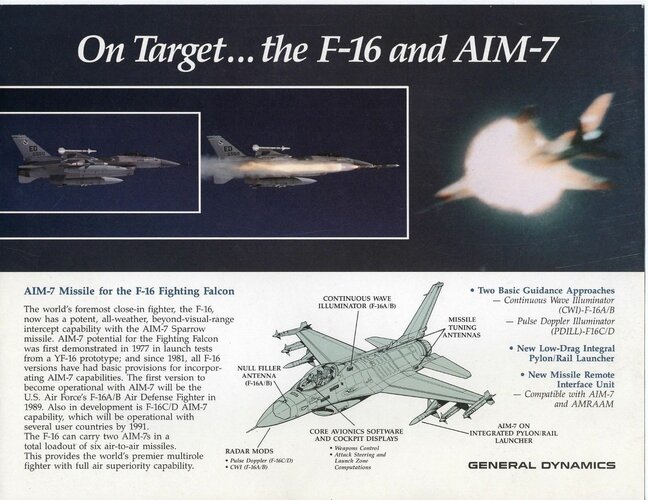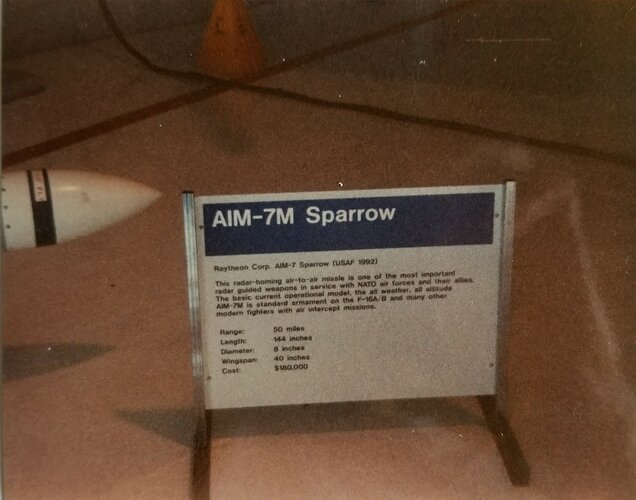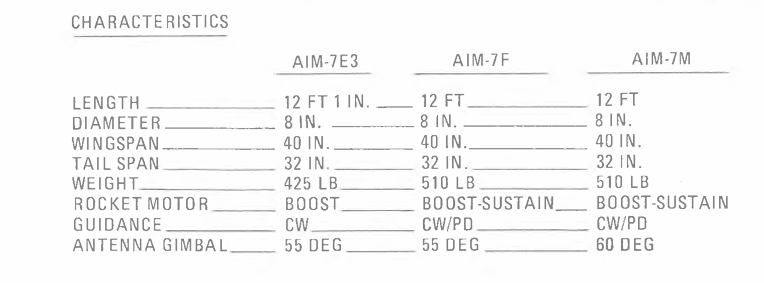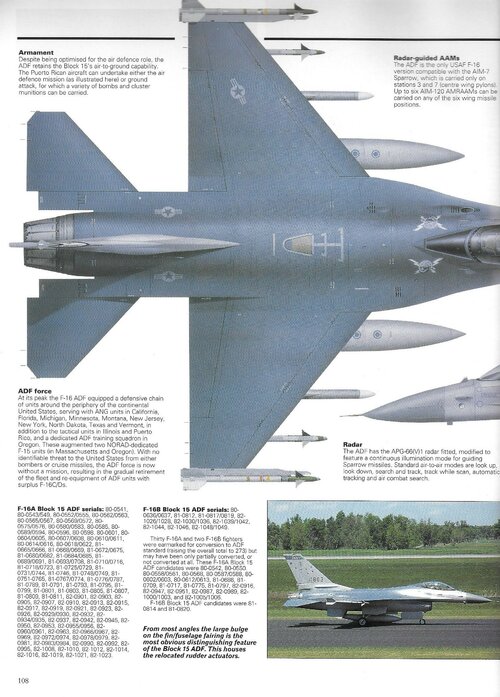One major reason is that pulse radars have a low pulse repetition frequency.
Pulse radars emit one pulse, then wait for that pulse to travel to maximum range, and back, before sending another pulse out.
Therefore most of the time, the radar isn't transmitting. Typically it's transmitting less than 10% of the time - 4% might be a typical value for
a pulse radar (this is called the duty cycle). This is not good for the missile to be able to hit the target - it will likely be flying "blind" during the terminal engagement phase as the radar is only intermittently painting the target. Try chasing after a dog with your eyes closed 96% of the time, and see how that goes.
Pulse doppler radars typically use medium and high PRF, which means the radar is transmitting for a much greater proportion of the time, up to 50% for high PRF. On the F-15 pulse-doppler illumination mode is a high PRF mode. The gaps between signals are much shorter.
Second, early SARH seekers are dumb - they receive the main radar signal from a rear antenna and compare it to the signal from the front antenna and directly generate steering commands. When it loses signal, its dead in the water, flying blindly. The target could move a fair distance between pulses.
So it made technical sense in the early days to have a separate CW transmitter that is transmitting 100% of the time for target illumination use.
When high PRF pulse-doppler radars came around, it became possible to do without the CW transmitter. Using the main radar signal has advantages in lookdown/shootdown capability and other areas, it also makes the radar lighter as you don't need the separate transmitter, but it needs more "smarts" in the seeker.
The AIM-7E2 used CW, the AIM-7F could use either CW or PD, the AIM-7M onward exclusively used PD.




